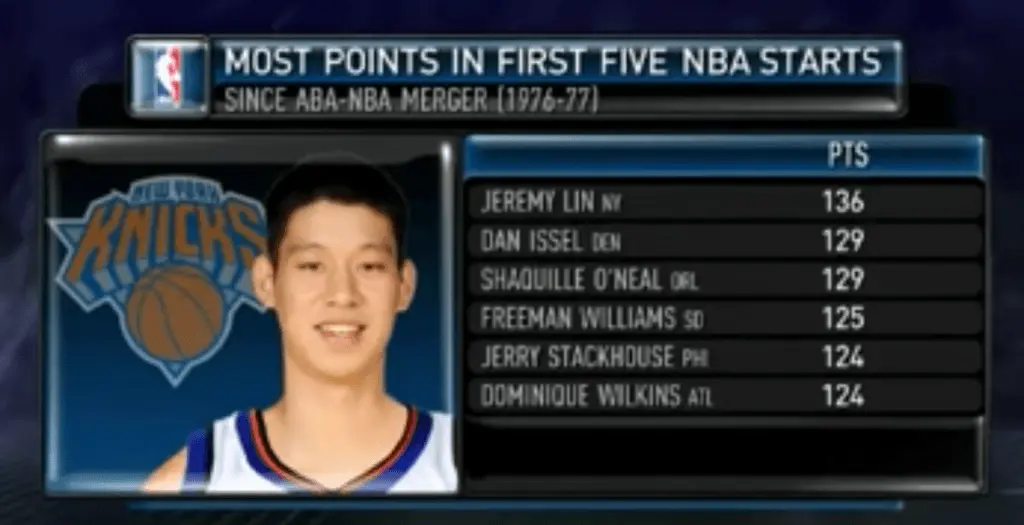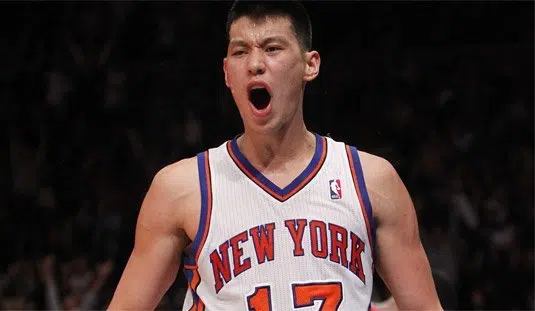[toggle title=”Table of Contents”]
- The Road to Brooklyn: Part I
- The Road to Brooklyn: Part II
- The Road to Brooklyn: Part III
- The Road to Brooklyn: Part IV
[/toggle]
The Road to Brooklyn: Part IV (The New York Knicks, Linsanity Era)
For the first month or so with the Knicks, it seemed like the same old story for Jeremy Lin. He was not high up on the team’s depth chart, and nobody knew how much he improved during the lockout. After getting another assignment to the D-League in January, he started considering other options. Europe was still waiting, and there were also rumors he could take a temporary break from basketball altogether.
But through all the hardships, Lin continued working on his game. He kept arriving early and leaving late. Kenny Atkinson – the Knicks’ player-development assistant coach at the time – pushed him hard during practices. Lin never complained, continuing to work on his jumper and decision making. By this point, he knew he was a vastly better player than he was when he entered the league. All he needed was a chance to prove his worth.
On February 4, the Knicks were playing the New Jersey Nets. By this point, their season was in disarray: they were 8-15, having lost eleven of their last thirteen games. In desperation, Mike D’Antoni looked at his bench and put Lin – who had played a mere 55 minutes during the first 23 games – in the game. What happened next surprised everyone who wasn’t privy to Lin’s grueling training sessions. A long two from the corner. A hard drive to the basket. A steal, followed by a casual assist for Toney Douglas in transition. A pick-and-roll play with Jared Jeffries, resulting in an easy bucket. A lob to Tyson Chandler for a dunk. A couple of and-one plays. A jumper from the top of the key. Lin finished the game with 25 points, seven assists and five rebounds, leading the Knicks to a 99-92 victory.
That’s how it began.
The following weeks were a time of miracles in New York. It seemed like Lin jumped from one fantastic achievement to the next. The first league start against the Utah Jazz, followed by 28 points and nine assists. The first NBA double-double (23 points and 10 assists) against John Wall and his Wizards. A career-high 38 points against Kobe Bryant. The game-winning three-pointer against the Toronto Raptors. He led the Knicks to a 7-0 run, averaging the most points (136) by any NBA player in his first five starts. Though a knee injury unceremoniously ended his season, the Knicks still made the playoffs, where they were eventually eliminated in five games by the Heat.

It’s almost impossible to overstate just how popular Lin was during the Linsanity period. The fact that the Knicks had been out of the loop for so long certainly had a part in it, but it was Lin himself who made the most of the opportunity. He made the covers of Sports Illustrated, GQ and Time. His jersey became the league’s best-seller overnight. Many restaurants in New York started serving new meals in his honor. He’s had a documentary made about him. During those magical couple of weeks, the entire city of New York lived and breathed Linsanity.
Naturally, there were some controversies surrounding the entire phenomenon. Though the whole story was kept on the down low at the time, there was little doubt that some of Lin’s teammates had mixed feelings about him. As D’Antoni later revealed, it was as much an issue of Lin’s meteoric rise to stardom as it was a structural problem. In order for Linsanity to work, some players had to change positions. Namely Carmelo Anthony would play the 4. It was obvious that not all of them were willing to give it a shot, which created a lot of tension in the locker room. As much as the club’s fans wanted to see Linsanity go on, the matter was not that simple.
The 2012 off-season saw Lin test the waters of free agency. Though the Knicks claimed they were ready to match any offer Lin gets, they balked at the three-year, $25 million deal offered by the Houston Rockets. The reason for their uncertainty was obvious: the poison pill in the third year of the contract. According to the terms of the offer, Lin would get $5 million during the first two years and $14.8 million in the third year. While most experts agreed the Knicks should match anyway, James Dolan had other plans, letting Lin go to Houston. Nobody was more disappointed in this turn of events than Lin himself. Given that he had repeatedly said he wanted to finish his career in New York, this was a tough pill to swallow.
[toggle title=”Table of Contents”]
- The Road to Brooklyn: Part I
- The Road to Brooklyn: Part II
- The Road to Brooklyn: Part III
- The Road to Brooklyn: Part IV
[/toggle]
“Your feedback below my article would help improve the quality of future articles”

